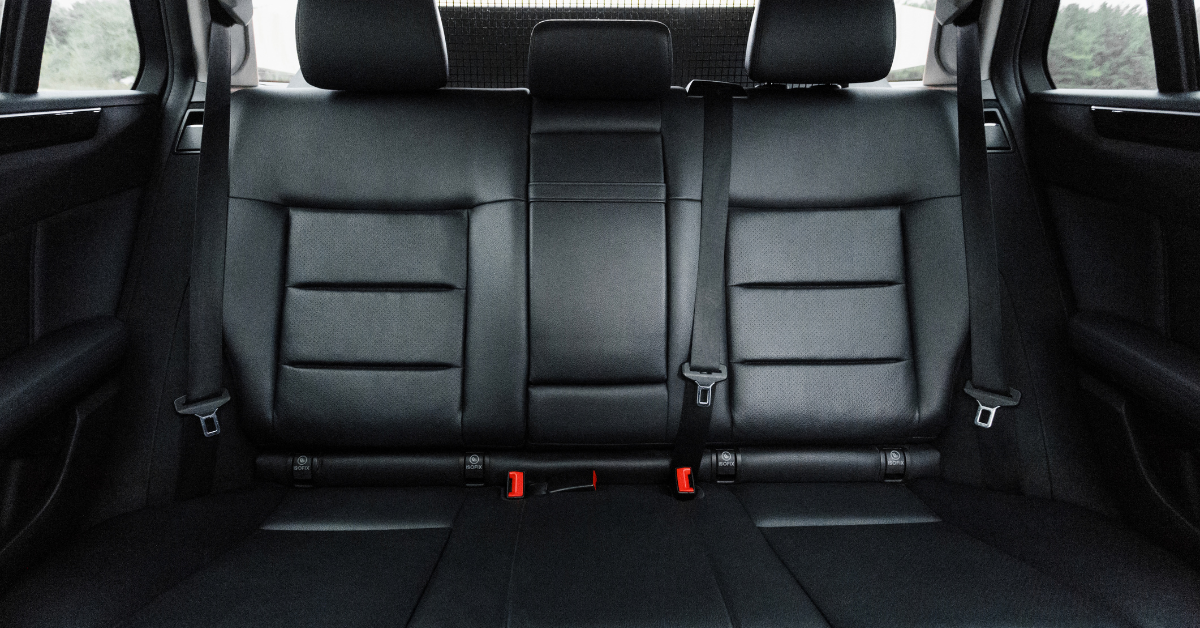The Honda N-BOX is one of Japan’s most popular kei cars, known for its spacious interior and practical design. But beyond its features and utility, many buyers wonder—how does it actually feel to drive and ride in? In this article, we’ll explore the comfort level of the N-BOX, including key differences between the latest and previous generations, and what you can expect during daily use or longer drives.
Ride Comfort Comparison: New vs Previous Generation
The latest N-BOX model features several updates that improve comfort. The table below highlights key differences in ride quality between the two generations.
| Feature | Previous Model | New Model (2023 and later) |
|---|---|---|
| Suspension Tuning | Soft and floaty | Improved damping and body rigidity |
| Cabin Noise Level | Noticeable engine and road noise | Enhanced insulation reduces noise |
| Rear Seat Comfort | Basic cushion, slightly hard | Redesigned for posture support |
| Bump Absorption | Rougher over uneven roads | Smoother, better handling of road shocks |
Drivers and passengers alike report that the new N-BOX feels more refined, with less vertical motion and smoother transitions over small bumps.
What Makes the Ride Comfortable—or Not?
Here are the key strengths and a few limitations when it comes to riding in the N-BOX.
Strengths
- Elevated driver position provides excellent visibility and confidence in city driving
- Generous cabin space helps reduce a cramped feeling, especially on longer trips
- Responsive acceleration for smoother city driving and less strain in stop-and-go traffic
Limitations
- Comfort varies depending on tire size and trim level—sporty models may feel firmer
- On rough roads, minor vibrations are still noticeable due to lightweight suspension design
Being aware of these can help you better understand the real-world driving experience.
Real-World Driving Impressions
Here’s how the N-BOX performs in everyday driving scenarios:
- Urban roads: Handles speed bumps and intersections fairly well, with minimal body roll
- Highways: Maintains stable and quiet cruising even at higher speeds
- Getting in and out: Low floor design reduces jarring movement, especially for elderly passengers
Overall, the new N-BOX delivers a comfortable, well-rounded driving experience suitable for families, solo drivers, and urban commuters alike.
Conclusion
The ride quality of the Honda N-BOX has significantly improved in its latest generation, with better damping, reduced cabin noise, and enhanced seat comfort. For a kei car, it offers impressive stability and quietness on both city streets and highways. While comfort can vary slightly between different trims and tire options, the N-BOX remains one of the most balanced and driver-friendly kei cars on the market. If you’re considering one, be sure to test drive the specific configuration you’re interested in to get a true feel for the ride.






